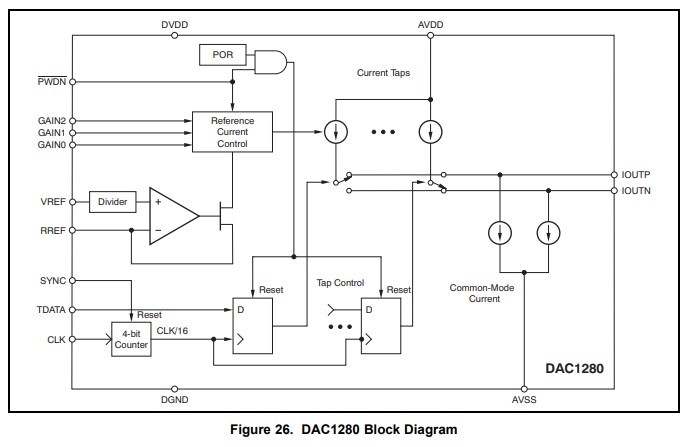Other Parts Discussed in Thread: AMC1210, , ADS1282, DAC9881, DAC91001, DAC11001A
Dear sir
i am curious about how many 1's or 0's data and how long (minutes or second)
i need to send to TDATA in that i can get minimum or maximum current
because in the datasheet just tell us the percent of 1's or 0's density
Thanks!!
TAI


